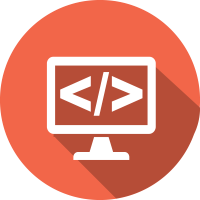- A A technique for designing efficient algorithms by breaking down a problem into smaller subproblems
- B A way to store and organize data in a computer program
- C A process of optimizing memory usage in a program
- D A method for creating algorithms that use only constant space
Answer:
A
Answer: A technique for designing efficient algorithms by breaking down a problem into smaller subproblems
Explanation: Dynamic programming is a technique used in computer science to solve complex problems by breaking them down into smaller, more manageable subproblems. It involves storing solutions to subproblems in memory and reusing them to solve larger problems. This technique can greatly improve the performance of algorithms by reducing redundant computations.
 Array MCQ
Array MCQ  Time Complexity
Time Complexity